
About Candida Albicans
Fungus Candida albicans is a normal inhabitant of human’s mucous membranes. If it is multiplied excessively, it can lead to health problems. Also there are bacteria – normal residents of mucosa which prevent excessive multiplication of fungi. But there are conditions that disturb the bacterial balance favoring fungi multiplication. This leads to Candida infections which are manifested in many symptoms such as:diarrhea, stomach cramps, bloating and gas, belching itching, burning and enhanced whitish discharge from genitals sneezing, stuffy nose, cough, sore throat and asthma chronic fatigue anxiety, depression, irritability, poor memory and poor concentration The human stool normally contains up to 20 colonies of Candida. If there are more Candida colonies than is normal, doctor will prescribe antifungal drug (nystatin, fluconazole, ketoconazole). Beside them, it is necessary to use proper nutrition. Many people feel better already after two to four weeks of diet implementation. Person is gradually returned to normal diet when symptoms disappear and the number of Candida colonies is normalized.Diet
The diet contains plenty of dietary fibers, while refined sugars must be removed from diet. The intake of carbohydrates is significantly reduced in the first 2-3 weeks. Foods poor in carbohydrates include meat, chicken, seafood and vegetables, except beans and potatoes.Food that shouldn’t be used at all includes:
white and brown sugar, honey and jam. They must be completely removed from diet as well as foods that contain them. Those are all foods on which declaration is written: sucrose, fructose, maltose, lactose, glycogen, glucose, sorbitol, galactose, monosaccharides, polysaccharides. List of banned food also includes cookies, cakes, candies, chocolate, marmalade, ketchup and some ready-made sauces. fresh, dried, canned and frozen fruit and fruit juices yeasts - bread and baked goods with yeast are not allowed. Bread and pastry without yeast, made from integral flour and baking powder are allowed instead vinegar - salad with vinegar, mayonnaise, ketchup, mustard, soy sauce, canned olives, pickles, pickled peppers, and other pickled vegetables mushrooms peanuts, peanut butter and pistachios – they are not allowed because they often contain mold alcohol - expulsion of all types of alcohol coffee and black tea - choose herbal teas without sugar, water, fresh vegetable juices insteadmoldy and mature cheeses - mature cheeses are hard, yellow and greasy meat products - salamis, sausages, hot dogs, canned and dried fish canned, processed and refined foods.Foods that should be restricted
Intake of dairy products should be reduced, especially fresh milk, most cheeses and ice cream. Fat-reduced probiotic yogurt is advantageous.Foods that are recommended
It is desirable to eat all kinds of fresh and cooked vegetables such as sauerkraut, spinach, chard, cucumbers, cabbage, onions and garlic and vegetable juices without sugar added. Green vegetables (sauerkraut, Swiss chard, spinach) are particularly useful because they accelerate the expulsion of fungi from the body. Sauerkraut it is extremely useful because it is a natural source of Lactobacilli - beneficial bacteria, which limits the growth of fungi.Everyday use of probiotic or plain yogurt and sauerkraut is recommended to stop Candida reproducing.
Olive oil and fresh or shortly cooked garlic are particularly helpful in eliminating fungi.
The food that contains plenty of dietary fibers is particularly useful because they mechanically remove the fungi: whole grains (rice, barley, millet), rye and corn bread, popcorn, oat flakes, cauliflower, broccoli, green and red cabbage and sauerkraut. Integral rice, potatoes and rye bread are used in moderate amounts.
When it comes to fruit, lemon is especially useful food in Candida diet plan.
Poultry, venison, fish, crabs and clear soups with meat are also allowed food.


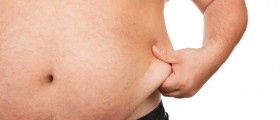
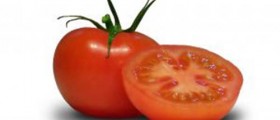
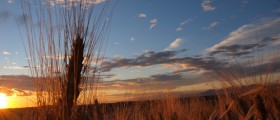
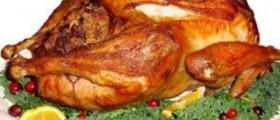

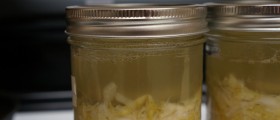
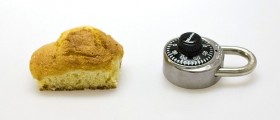
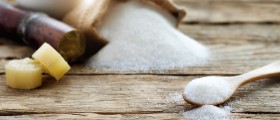
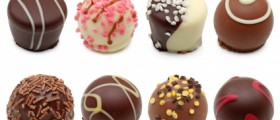
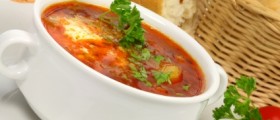
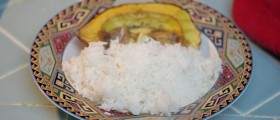
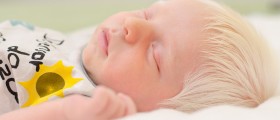
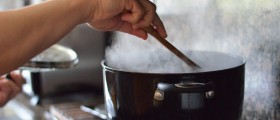
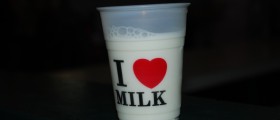
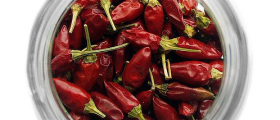
Your thoughts on this
Loading...